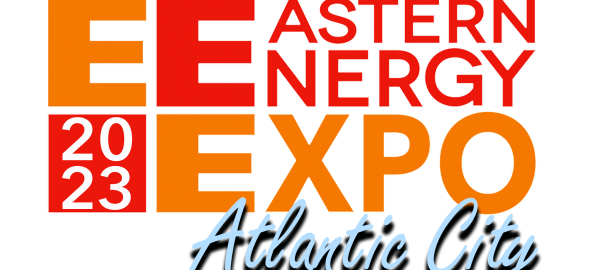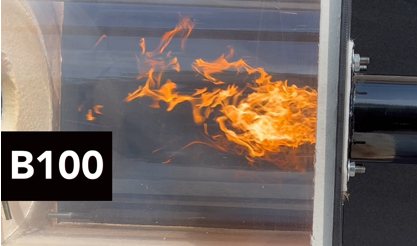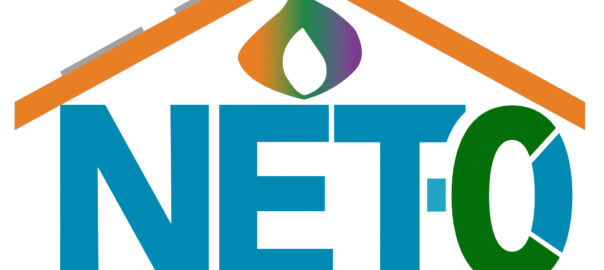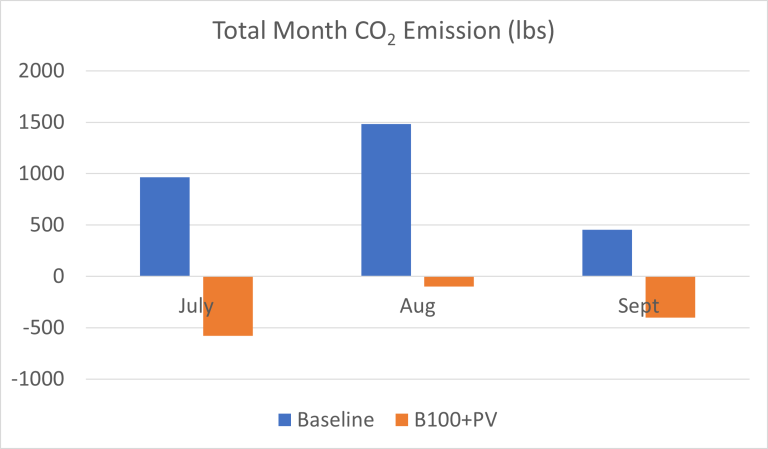NORA will have a strong educational and technical presence at the upcoming Eastern Energy Expo in Atlantic City, NJ.
Three important NORA Business Track sessions begin with In the Loop–New Business & Education Opportunities on Tuesday, May 23 at 8:15am in Room 419 at the Atlantic City Convention Center. This session features NORA’s President, Michael Devine and Director of Education, Bob O’Brien along with the introduction of NORA’s most recent team addition, Dr. Jenny Frank.
Immediately following will be Technical Innovations to Make the Transition to Low-Carbon Fuels Seamless and Effective presented by NORA’s Technical Director, Dr. Thomas Butcher.
On Wednesday, May 24 at 8am (breakfast provided by NORA and Clean Fuels America) in Room 412, NORA is hosting the Featured Session, The Industry’s Response to Carbon Reduction where you will hear a panel offering the most current information on the research, field work, personal experiences and future technologies to show how becoming a low carbon fuel marketer is well within the grasp of a liquid fuel heating retailer. The panel features Michael Devine and Dr. Thomas Butcher, NORA; Kevin Beckett, R.W. Beckett Corp.; Rich Lyons, Carlin Combustion Technologies; Jackie Hart, Hart Home Comfort; Jason Lawrence, Chevron/REG and moderator Don Farrell, Indoor Comfort Marketing.
As one of the 220 exhibitors at the Eastern Energy Expo Trade Show, NORA will be showing live-fire demonstrations of biodiesel and renewable diesel in its outdoor exhibit OD2.
NORA’s recently released podcast series, In the Loop with NORA will be on-hand at the expo to talk with a variety of industry experts about how the liquid fuels heating industry is removing carbon emissions from home heating.
The Eastern Energy Expo is the largest energy and indoor comfort event in the Northeast. You can find more about the NORA sessions, the entire Eastern Energy Expo program, the trade show and registration at the Eastern Energy Expo website.













